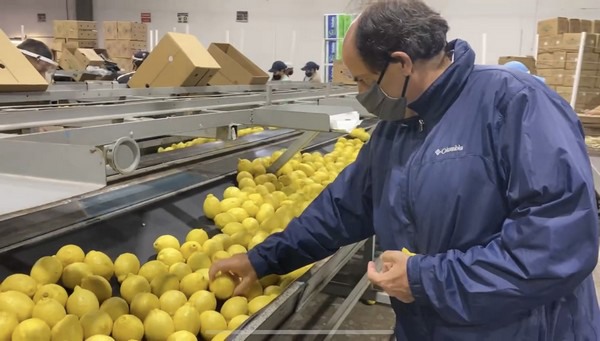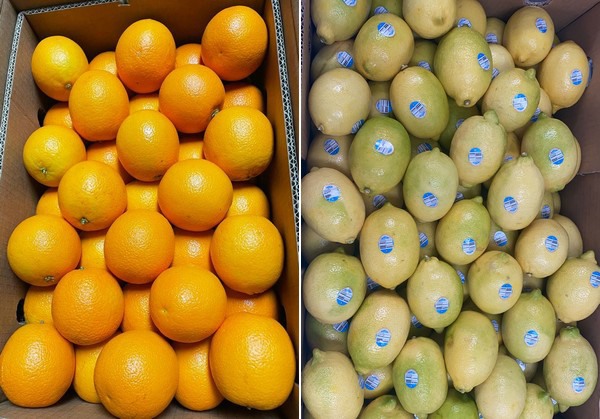With the Northern Hemisphere citrus season ending and the Southern Hemisphere season beginning, shipments of citrus are arriving steadily.
Lemons: “The first week of April, RSA (South Africa) started with lemon shipments to the Middle East--their most important market--and to Canada,” said Alejandro Moralejo, CEO of Salix Fruits, adding that South Africa, the major citrus supplier in the Southern Hemisphere, has grown in all citrus varieties.
Currently, the U.S. is also sourcing the last shipments of lemons from Mexico while Argentina, which this year was affected by the drought as rains arrived late, is starting its shipments to Canada, along with Russia and other parts of Europe. “Although Argentina has suffered from the summer drought, lemon volumes are guaranteed for all markets,” he says. “They are also waiting for Argentinean cargoes to start arriving in mid-May."

Mandarins: The mandarin market is the only one where supply is still covered by the Northern Hemisphere.
At the same time, the U.S. is also sourcing the last shipments of mandarins from Morocco.
Meanwhile, both Chile and Peru are waiting for their crops to be ready. “Peru will start the early mandarin season in the next few weeks. It will be the late mandarin supplier to Northern Hemisphere markets. The earliest fruit is waiting for market windows in the Northern Hemisphere,” he says.
As for Chile, it expects its clementines to arrive in U.S. ports in mid-May. Moralejo adds that Chile recovered its volumes following the severe frost of 2022.
Seasonal timing
In all, Moralejo notes that it is a season with an earlier window for the Southern Hemisphere citrus because of the lack of product from Spain, Morocco and Turkey, though later production will continue from Mexico, Spain, Turkey, Egypt and Morocco. “The U.S. has a large volume, although while the winter rains were a blessing to rebuild the reservoirs, they are bringing quality problems in some products,” he says.

As for demand, in the U.S. and Canada, demand is strong for imported citrus. “Selling prices will not be much altered if the drop in ocean freight rates generates a good expectation for producers in the most distant areas,” says Moralejo.
He also says that Salix will continue offering citrus from its sourcing regions including Argentina, South Africa, Chile, Peru and Uruguay. “We are very pleased with the supply from our Egypt office, which will give us a large volume for the next season in the Northern Hemisphere. This is in addition to the excellent quality product from Spain and Morocco, where Salix has been present for the last two years,” he says.
 For more information:
For more information:
Salix Fruits
goodnews@salixfruits.com
www.salixfruits.com
